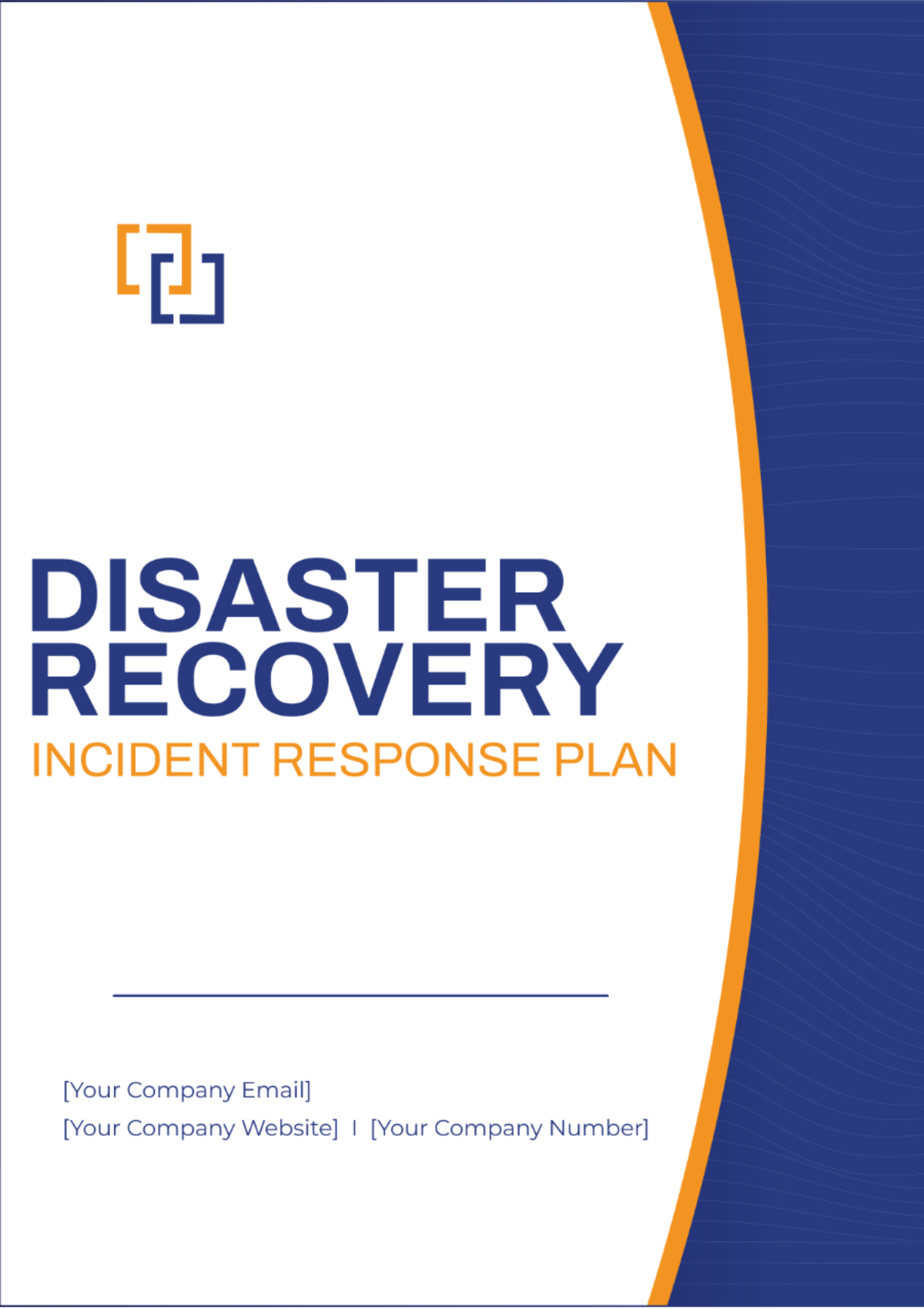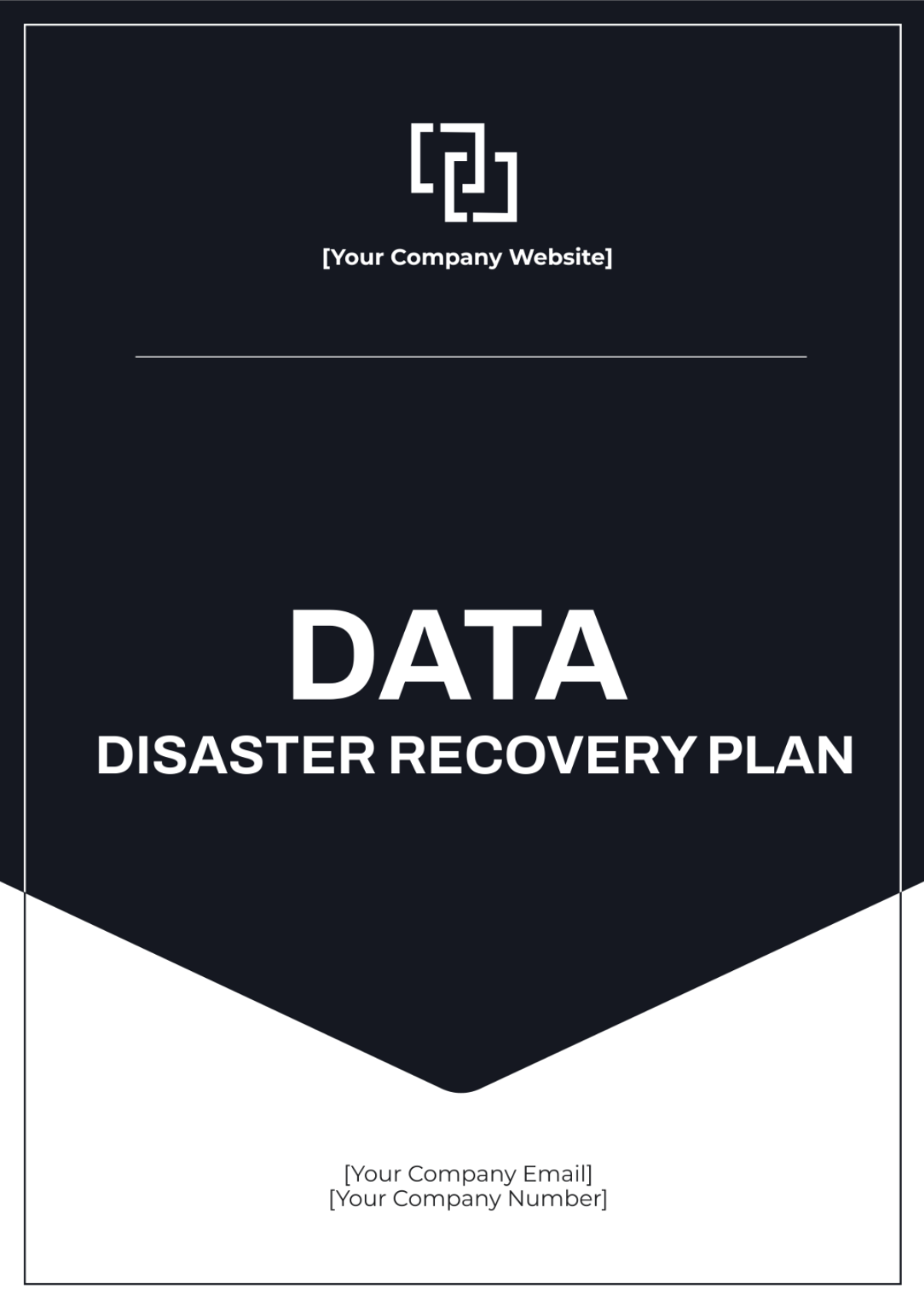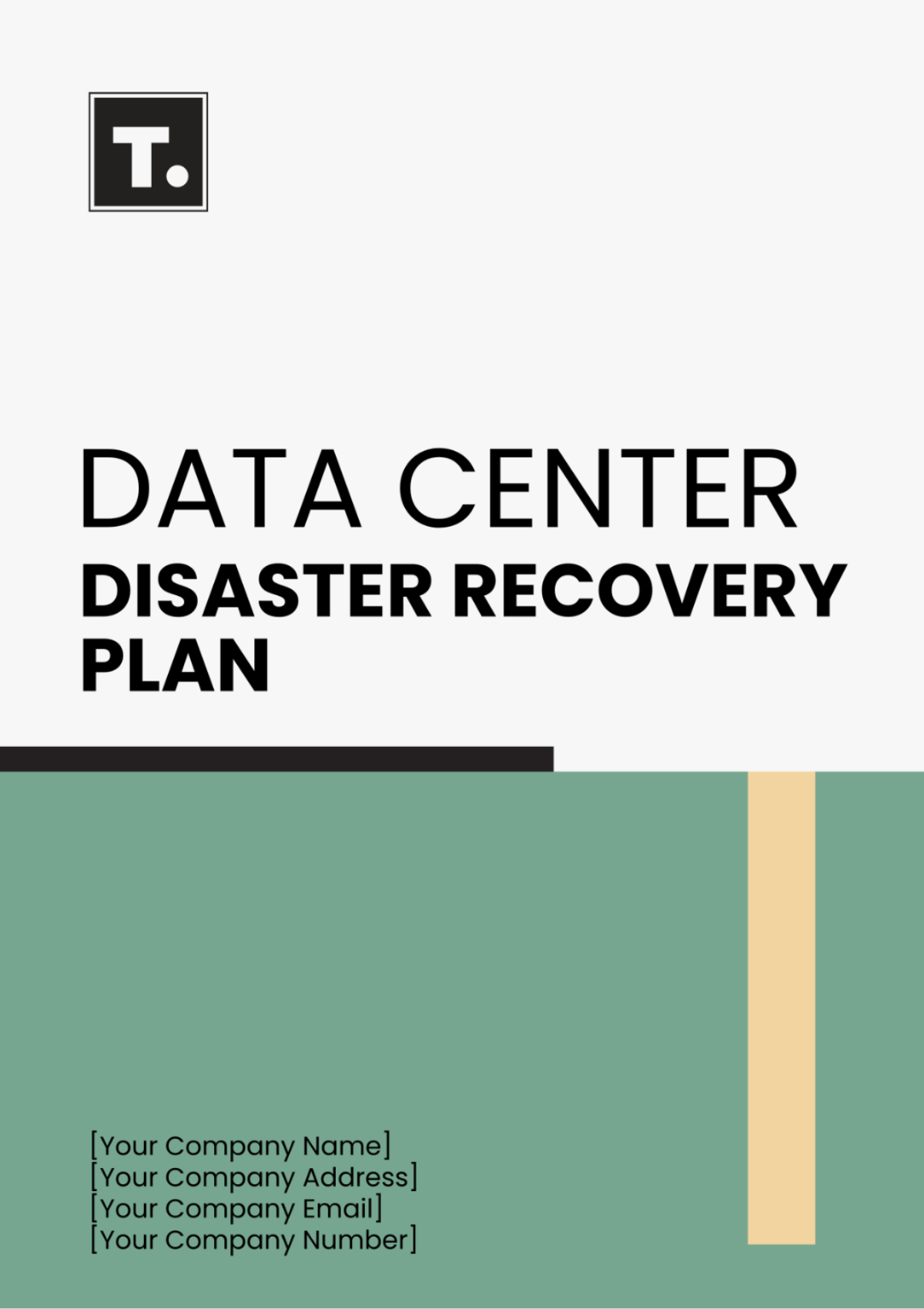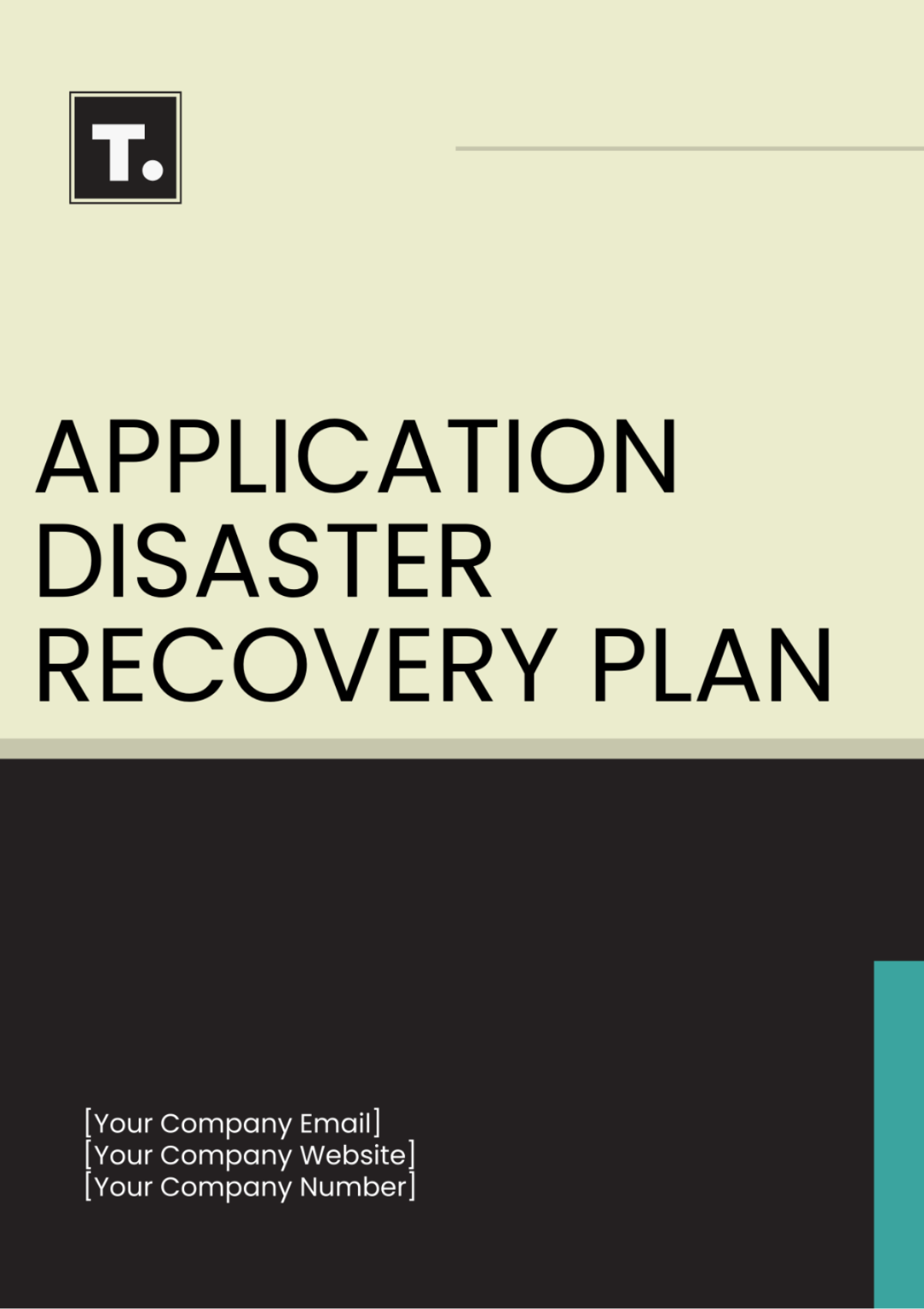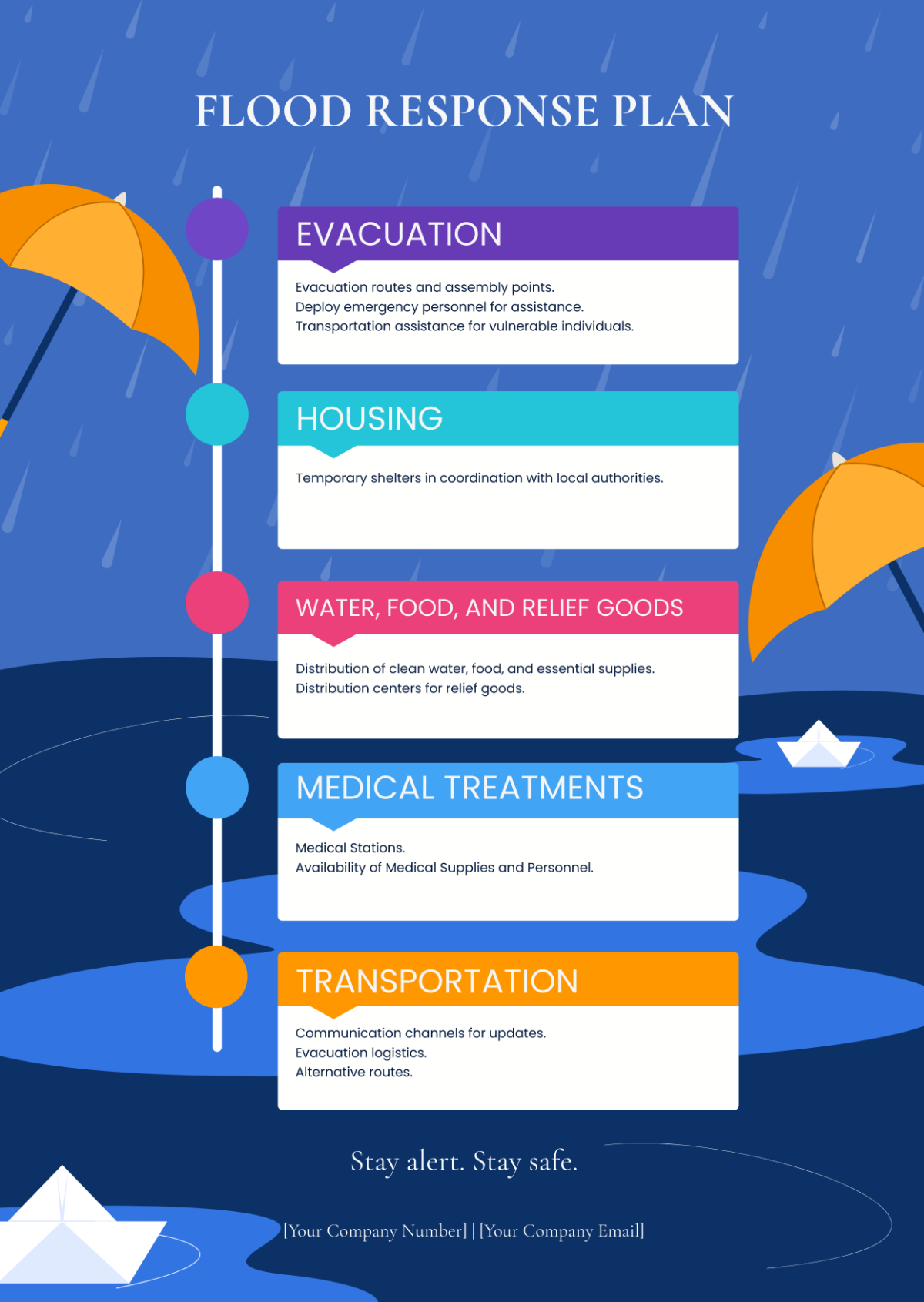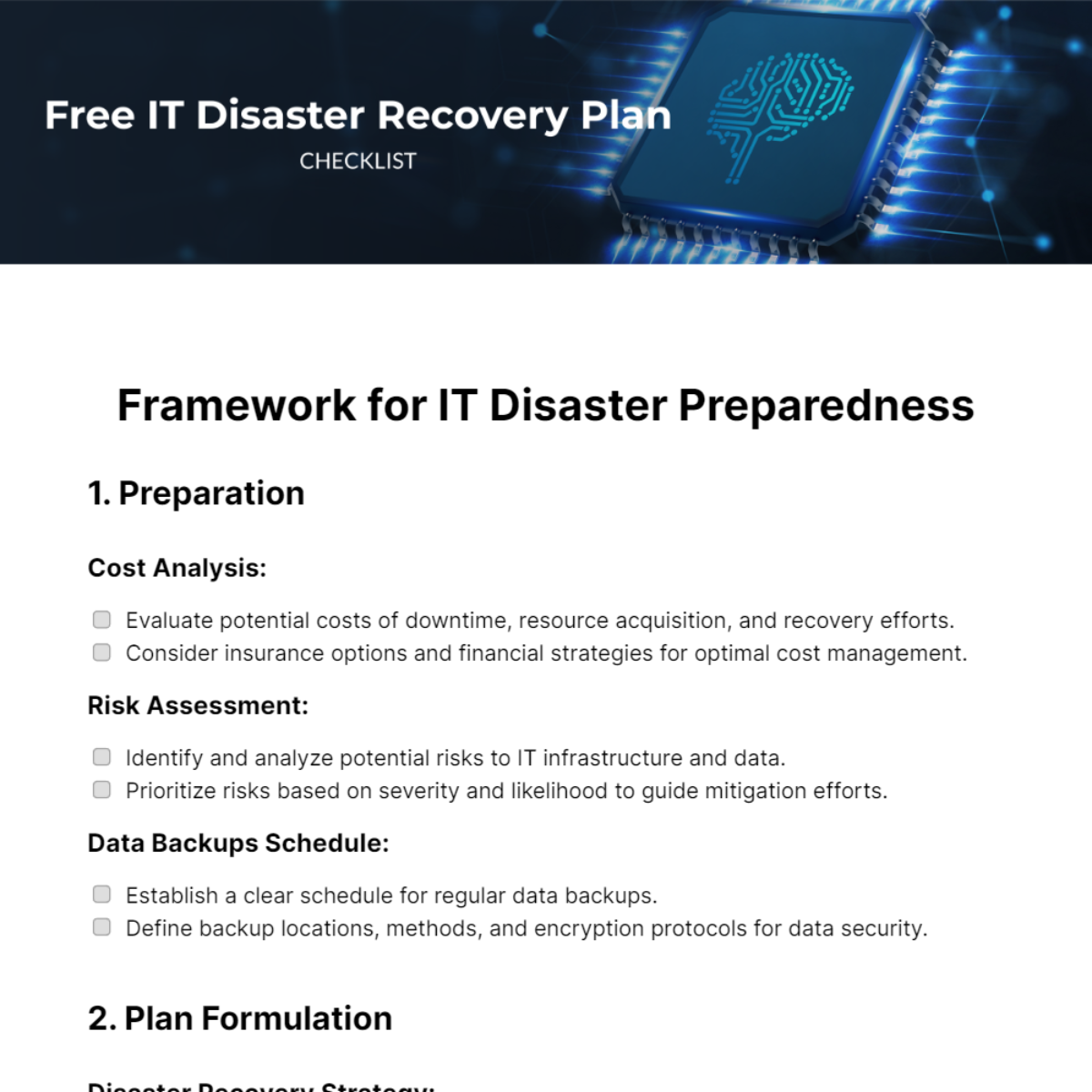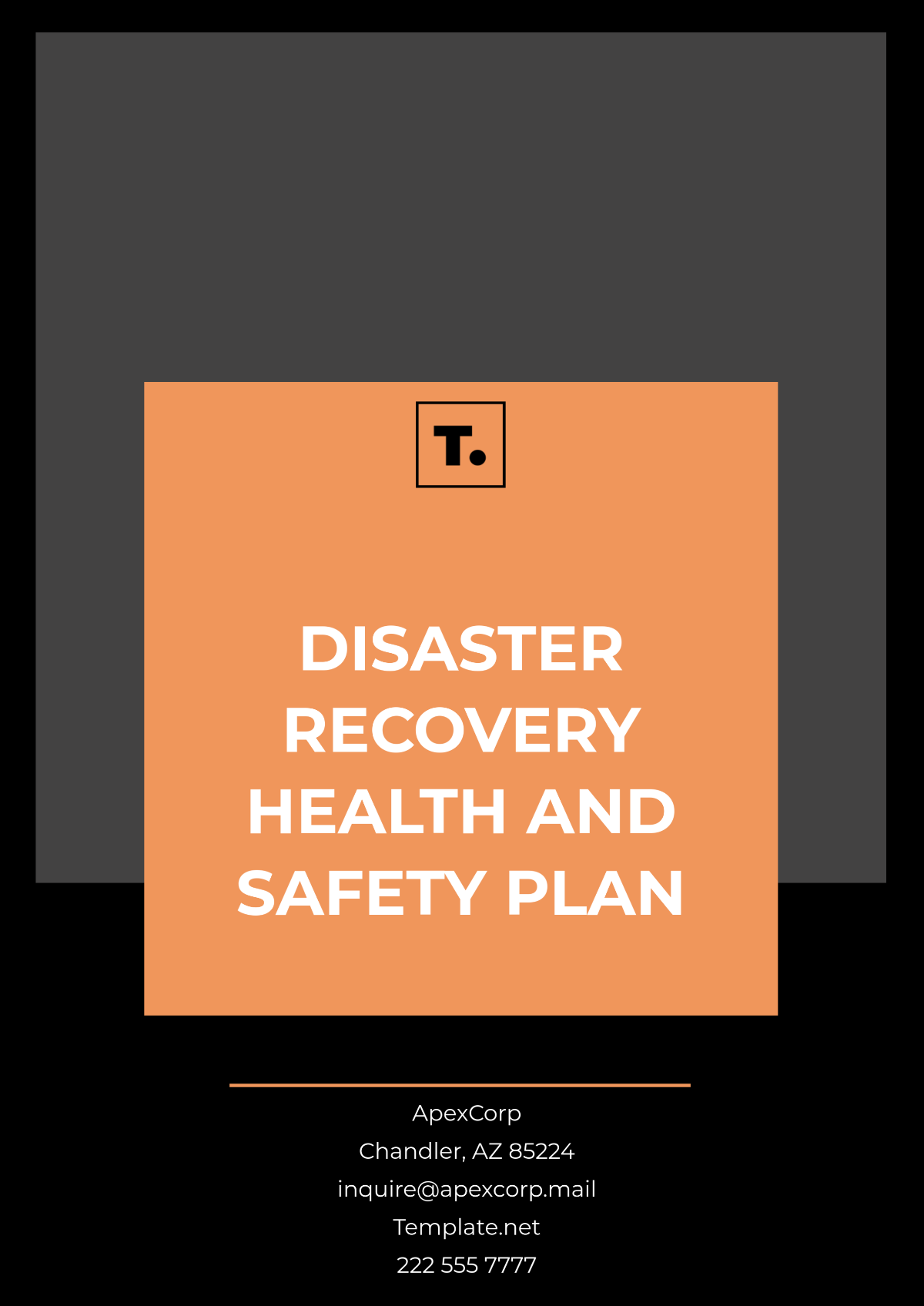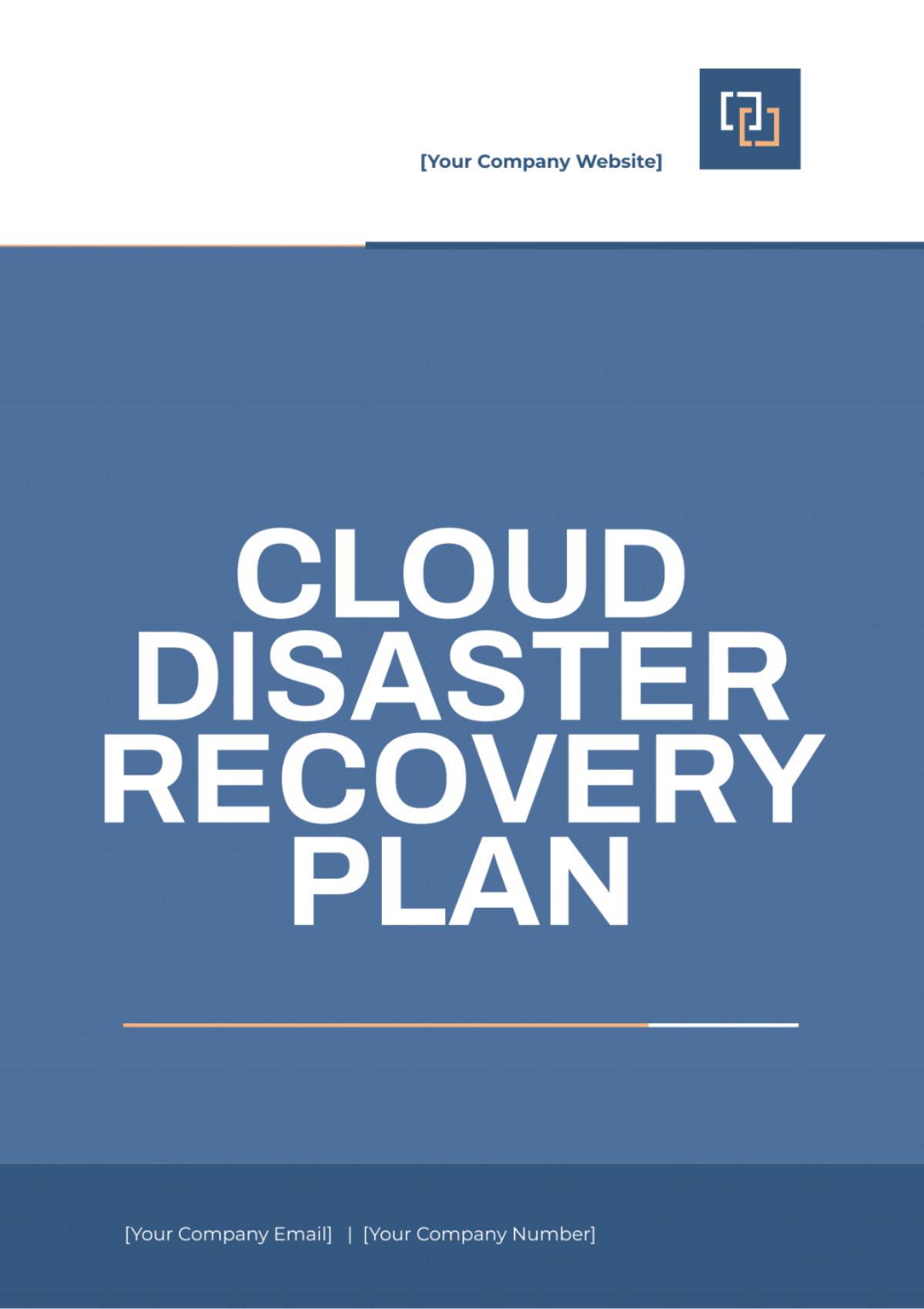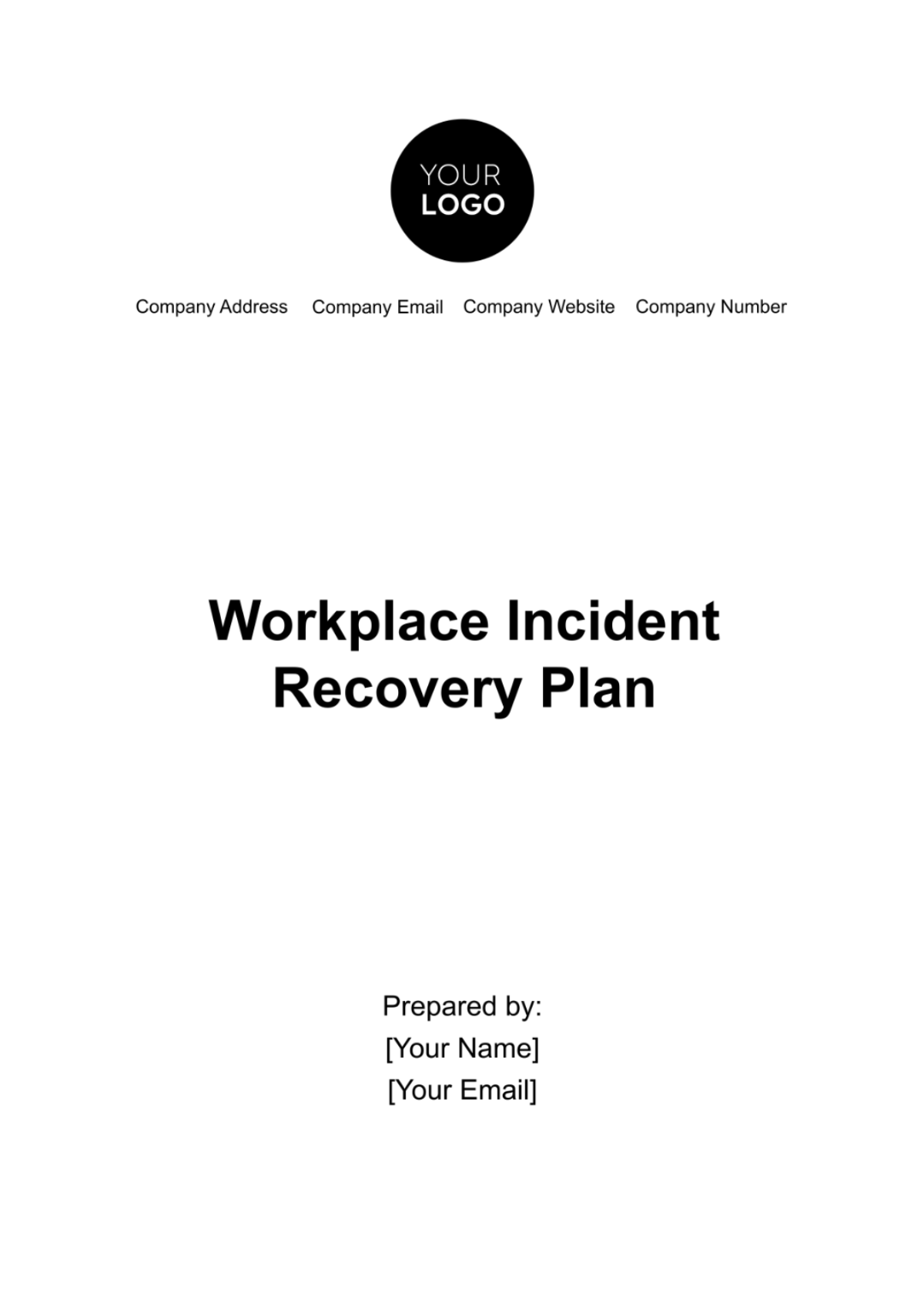Computer Disaster Recovery Plan
I. Introduction and Overview
A. Purpose
This Computer Disaster Recovery Plan (CDRP) outlines the processes and procedures necessary to restore critical IT systems and business operations in the event of a disaster. The plan aims to minimize downtime and data loss, ensuring the swift recovery and continuity of business functions.
B. Scope
This plan covers all IT systems and services at [Your Company Name], including but not limited to servers, databases, networks, applications, and data storage.
C. Objectives
Ensure the safety and integrity of data
Restore critical IT systems within the Recovery Time Objective (RTO)
Minimize the impact of disruptions on business operations
Define roles and responsibilities during a disaster
II. Roles and Responsibilities
A. Disaster Recovery Team
[Your Name], Disaster Recovery Coordinator
Email: [Your Email]
Phone: [Your Company Number]
Jackson Turner, IT Support Specialist
Email: jturner@company.com
Phone: (555) 890-1234
Chloe Lloyd, Network Administrator
Email: clloyd@company.com
Phone: (555) 901-2345
B. Responsibilities
Disaster Recovery Coordinator: Oversees the execution of the CDRP, communicates with senior management, and coordinates recovery efforts.
IT Support Specialist: Ensures proper functioning of end-user systems and provides technical support during recovery.
Network Administrator: Manages network infrastructure recovery and ensures connectivity.
III. Incident Response Procedures
A. Initial Assessment
Identify the type of disaster (e.g., natural disaster, cyber-attack, hardware failure).
Assess the impact on IT systems and data.
Notify the Disaster Recovery Team.
B. Activation of the Disaster Recovery Plan
Declare a disaster and activate the CDRP.
Inform all stakeholders, including employees, clients, and partners.
C. Communication Plan
Primary Contact: [Your Name], Disaster Recovery Coordinator
Email: [Your Email]
Phone: [Your Company Number]
Alternate Contact: Jackson Turner
Email: jturner@company.com
Phone: (555) 890-1234
D. Documentation
Log all actions taken during the disaster recovery process.
Document the timeline of events and decisions made.
IV. Recovery Procedures and Strategies
A. Immediate Actions
Shut down affected systems to prevent further damage.
Notify all stakeholders of the disaster status.
Activate backup systems as needed.
B. Data Backup and Restoration
Backup Frequency: Daily incremental backups and weekly full backups.
Backup Storage: Offsite and cloud-based storage solutions.
Retrieve backup data from the offsite storage location.
Restore data to the designated recovery systems.
Validate the integrity of the recovered data.
C. System Recovery
Priority Systems:
Database Servers: Restore from latest backup.
Application Servers: Reinstall and configure applications.
Network Infrastructure: Ensure network connectivity and security.
Recovery Time Objectives (RTO):
Critical Systems: Restore within 24 hours.
Non-Critical Systems: Restore within 72 hours.
D. Full System Restoration
Reboot all restored systems.
Test the functionality of the restored systems.
Gradually roll out the restored systems to all users.
V. Testing and Maintenance
A. Regular Testing
Conduct semi-annual disaster recovery drills.
Perform annual full recovery tests.
B. Plan Maintenance
Review and update the CDRP annually or after any major changes to the IT environment.
Document all changes and obtain approval from senior management.
VI. Appendices
A. Contact List
Name | Role | Phone | |
|---|---|---|---|
[Your Name] | Disaster Recovery Coordinator | [Your Email] | [Your Company Number] |
Jackson Turner | IT Support Specialist | jturner@company.com | (555) 890-1234 |
Chloe Lloyd | Network Administrator | clloyd@company.com | (555) 901-2345 |
B. Inventory of IT Assets
Asset Name | Description | Location | Backup Status |
|---|---|---|---|
Server 1 | Primary Database Server | Data Center 1 | Daily Incremental |
Server 2 | Application Server | Data Center 2 | Weekly Full |
C. Vendor Contacts
Vendor Name | Service Provided | Contact Name | Contact Details |
|---|---|---|---|
CloudSafe Inc. | Cloud Backup Services | Carter Yates | cyates@vendor.com / (555) 678-9012 |
Last Updated: January 1, 2050


